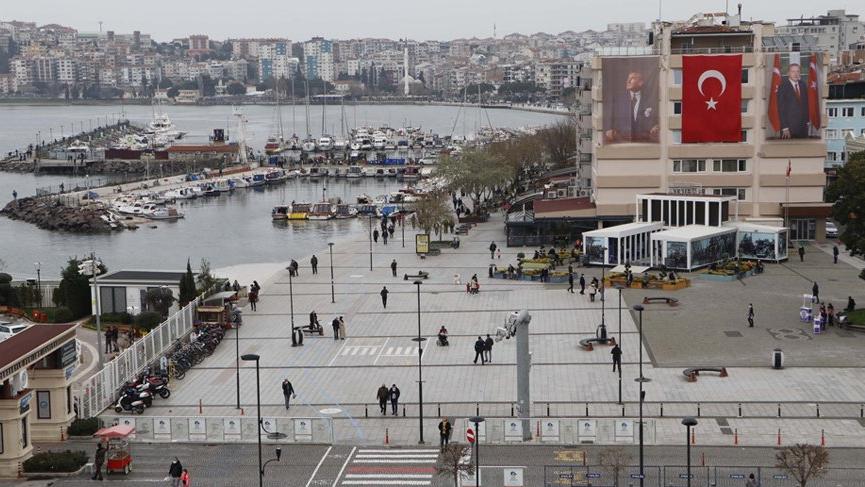According to some excavations and research, the earliest settlements in the area were established at Kumtepe. Kumkale is thought to have been established in 4000 BC and Troy between 3500 and 3000 BC.
Aeolian Greeks settled here in the 8th century BC and quickly established trading colonies. The region came under the control of the Lydians in the 7th century BC and under the control of the Persians in the 6th century BC. Aeolis fell under the control of the Ancient Macedonian army after Alexander the Great defeated the Persians beside the Granicus River in the Battle of the Granicus on his way to Asia in 334 BC. The region came under the government of the Kingdom of Pergamon in the 2nd century BC.
The western part of the Biga Peninsula where ancient Troy is situated used to be called Troas (the Troad). The important settlement of Alexandria Troas was an important free port and trade centre in Roman times. In the 2nd century AD, the region was attacked by Goths from Thrace. During the 7th and 8th centuries, Arabs hoping to attack Constantinople passed through the strait several times and reached as far as Sestos.
At the start of the 14th century the Karasids under Demirhan Bey controlled the Anatolian side of the strait. The Ottomans first gained control of Gallipoli in 1367. In 1462 Mehmed II had the Kale-I Sultaniye fortress built on the site now occupied by Çanakkale – it takes it names from the fact that one of the Sultan’s sons had collaborated in its construction.
Kale-I Sultaniye was built at the narrowest point of the Dardanelles and, together with the fort of Kilitbahir on the opposite side, provided effective in controlling traffic through the strait. The two forts were quickly dubbed “The Castles”, and a town developed to the north-east of Kale-I Sultaniye.








